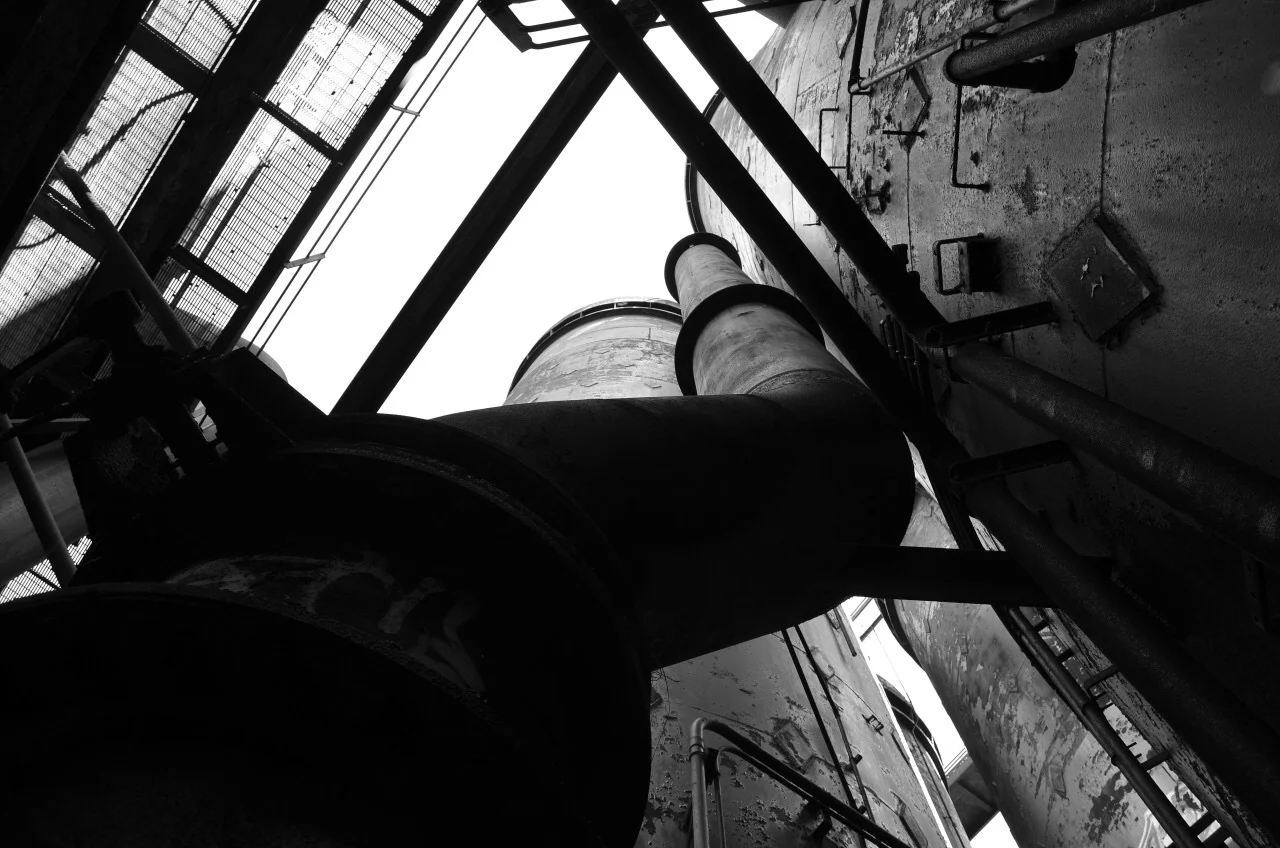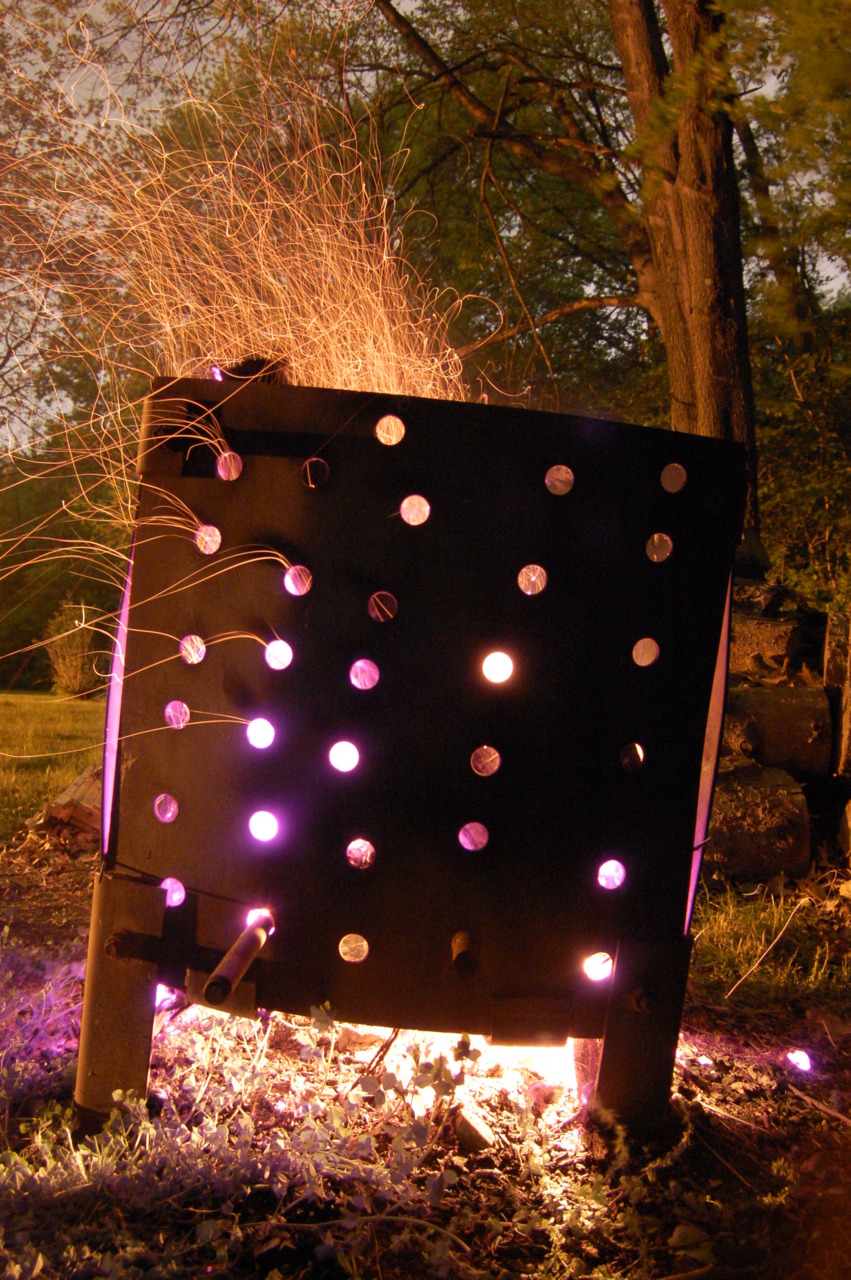At 6 p.m. Friday, “Judy” died.
Cause of death: Nobody wanted to pay to keep her alive.
Standing nearly 110 feet tall and dressed in blackened steel, she was hardly the most attractive gal in town. Yet, when she belched out smoke, she was beloved.
Sharon Steel Corp.'s No 2 blast furnace, nicknamed Judy, met its fate with explosives and crashed to the earth with a “kathump.” The No.3 furnace, which stood next to No. 2, was felled at the same time. An old No. 1 furnace housed at the mill was dismantled about 70 years ago.
Accompanied by a flash of yellow light, the explosion could be heard for miles around the Farrell steel mill.
Steel from both furnaces will be picked apart and sold for scarp.
The Schoonover Co. paid $1.65 million for the right to scrap parts of the Farrell mill. The Ecorse, Mich., company began its estimated 10-month project in December. Sharon Steel owns land on the section of the mill Schoonover is scrapping.
Ray Schoonover, owner of the company, estimated that both furnaces combined will yield 15, 000 tons of steel.
One hundred pounds of plastic explosive was needed to blow up the furnaces, said Doug Loizeaux, vice president of Controlled Demolition Inc. Schoonover hired the Phoenix. Md., company to demolish both furnaces.
An hour before pushing the button that set off the explosive, Loizaaux briefly explained that each furnace was supported by eight cast steel legs. Schoonover tore out two legs in each furnace before Friday. CDI thought the legs were made of cast iron, which is more brittle and easier to explode than cast steel.
“We had to use twice as much explosive than we thought, ” Loizeaux said.
Success or failure in a demolition project is immediately known.
“It's fun,” he said of his work. “You get to meet a lot of people. ”
Judy received much attention during the 1960's when the aging No. 1 furnace needed to be replaced. At the time, Sharon Steel said it needed No. 2 repaired to survive.
When the repaired No. 2 furnace was dedicated in 1968, it was named after then-Farrell resident Judy Nath. She and her husband, Charles, had owned a consulting firm that helped secure a $5.2 million federal Urban Development Action Grant for the project. Nath, who died in 1987, had been city manager and redevelopment director in Farrell.
His widow has since remarried and now lives in Pullman, Wash.
A blast furnace produces molten iron ore that is used to make steel. When operating, the No. 2 furnace could produce about 60,000 tons of iron ore a month. Sharon Steel idled the furnace when it closed the mill in November 1992. Later that month, Sharon Steel filed for Chapter 11 bankruptcy. The company is now selling all its assets to pay its creditors.
Caparo Inc., which bought much of the mill from Sharon Steel in December, didn't want the blast furnaces. Instead, Caparo will use the two electric furnaces at the mill to produce steel.
Immediately after the blast and the crash of the furnaces, an excited Schoonover employee could be heard congratulating Loizeaux over two-way radio.
“Great job. You're the best in the world,” the worker said.
Loizeaux tried to calm him down.
“Don't tell me what a great job I did, just give me my paycheck,” Loizeaux joked.
THOUGHTS ON ‘JUDY’
Here are some thoughts on the demise of “Judy” from those who were involved with Sharon Steel Corp:
- Judith Breedlove,for whom the No. 2 furnace was named. She and her husband, the late Charles Nath, operated a consulting firm that helped secure federal funding for the No. 2 furnace that resulted in the furnace being repaired for reuse in 1988. She's now a teacher in Pullman, Wash. What I'll remember the most about the furnace is the hours we spent on the phone with Sharon Steel officials about what was needed to get the funding. We tried to take the middle-or-the-road approach to make everyone happy and get the project approved. ”
- Henry Evans,former vice chairman at Sharon Steel who worked at the mill since 1933. He now is a consultant with Caparo Steel Co., which bought much of the Farrell mill. “If they would have gotten a continuous caster, Sharon Steel would still be there with the blast furnace producing steel. If there was a caster in there now, that place would be booming.”
- Phillip A. Smalley,former senior vice president of human resources at Sharon Steel, He now is a managed health care and employment relations consultant. “I don't look at it with a sense of saddness. It signals the plant has changed from an integrated mill to a mini-mill, and that's long overdue. The man who uses yesterday's methods in today's work won't be in busninss tomorrow. ”
- Eugene C. Pacsi, mayor of Farrell, “ I think when Caparo (Steel) came in, we knew at the time they weren't going to use the blast furnace. Time goes by, and there's a different way to run a steel mill. In a way, I'm glad we'll still have a steel mill … but there are a lot of memories there though. ”
- Howard Clark, former president of United Steelworkers Local 1197, which represented 2,200 production and maintenance workers at Sharon Steel. Clark is now retired. “It's a sad day, and it's a sad situation - but that's the way it is. I know one thing, it's sure a shame that all those people who worked there all those years lost their retirement health care benefits. ”



